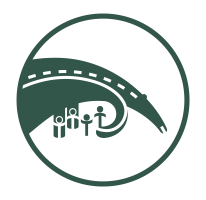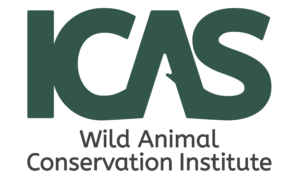
The ICAS – Institute for Wildlife Conservation is a non-profit organization dedicated to biodiversity conservation. We aim to generate science-based knowledge to engage, influence, and seek solutions and strategies that promote harmonious coexistence between humans and wildlife.
The ICAS – Institute for Wildlife Conservation is a non-profit organization dedicated to biodiversity conservation. We aim to generate science-based knowledge to engage, influence, and seek solutions and strategies that promote harmonious coexistence between humans and wildlife.


To be a national and international benchmark organization in scientific research focused on biodiversity conservation and in presenting innovative solutions for the conservation challenges of threatened species, particularly the giant armadillo and the giant anteater.
Commitment to science, research, environmental education, and coexistence between humans and wildlife, while promoting sustainability in the implementation of public policies for biodiversity conservation.
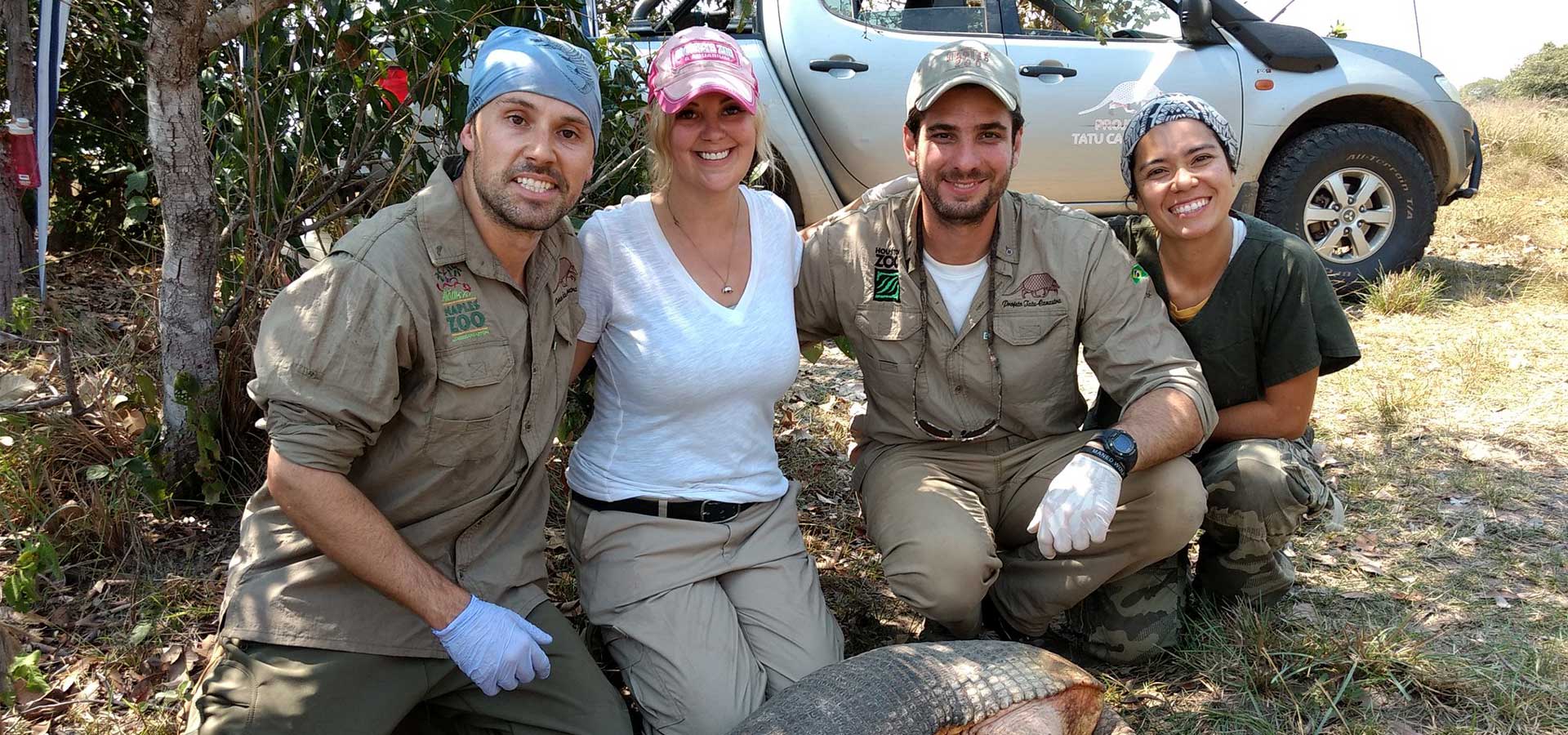
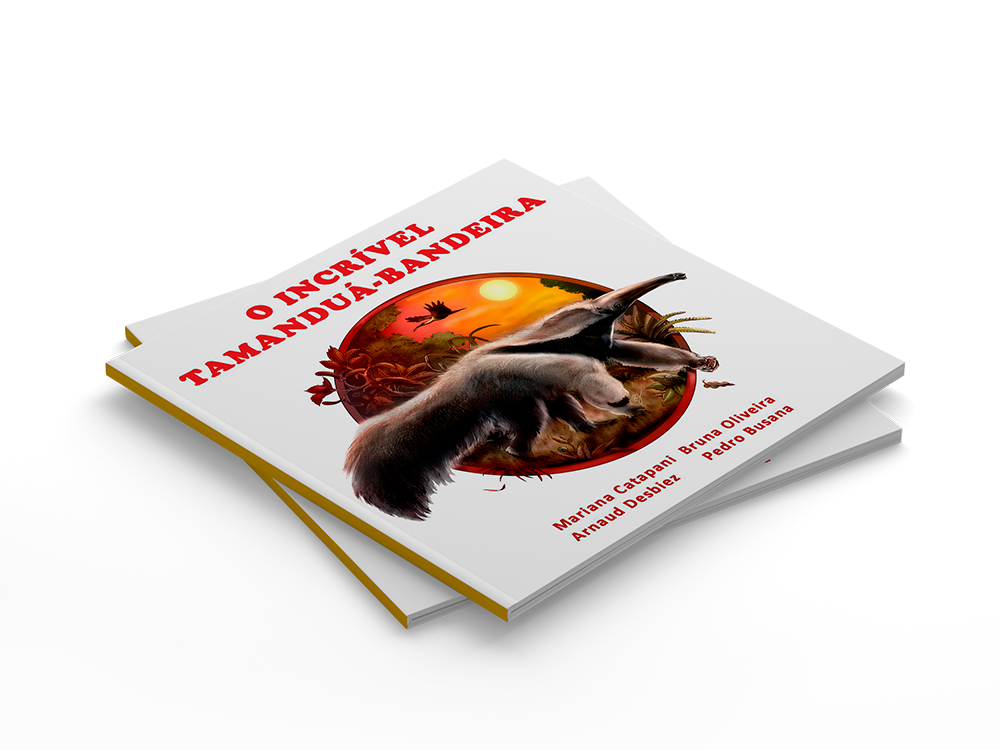
In this book, with simple language and beautiful images, various curiosities about the often unknown and amazing giant anteater are presented. Check it out!
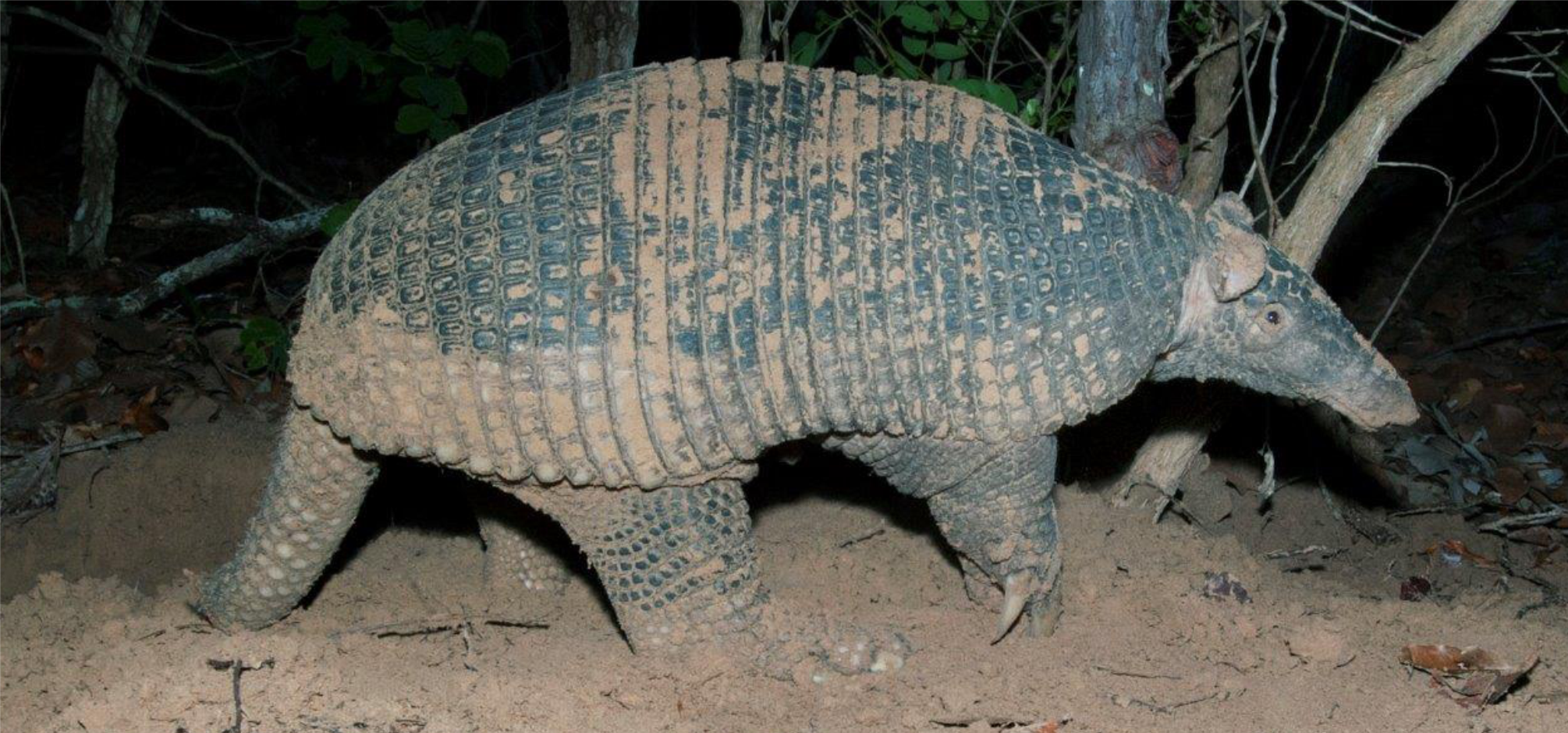
Although they are the largest species of armadillo, these giants are rarely seen. Until recently, very little was known about them, and what was known was uncertain.
Through the efforts of the Giant Armadillo Project and its awareness campaigns in scientific journals and popular media, the world now knows that these giants exist and that many species depend on their burrows.
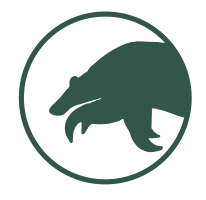
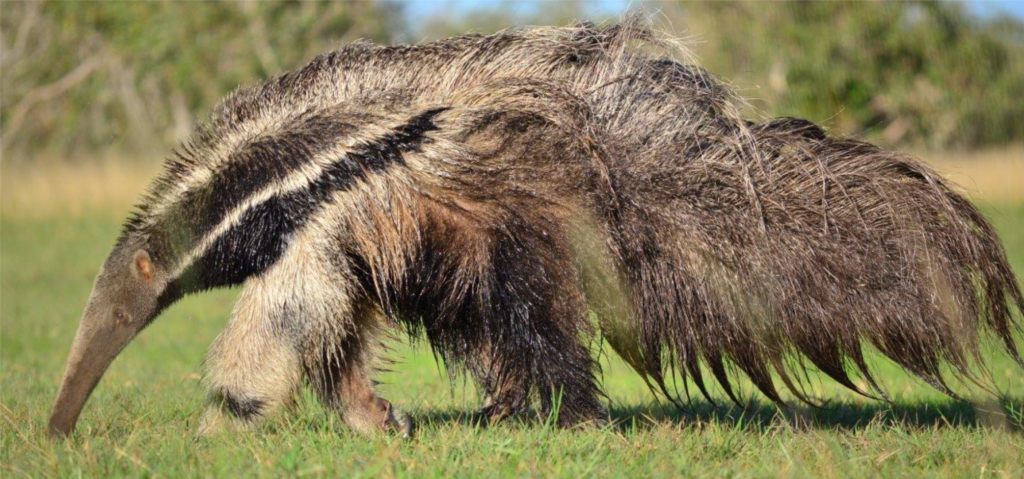
The forests and grasslands of the Brazilian Cerrado harbor one of the largest remaining populations of giant anteaters. However, the Cerrado is currently under threat due to rapid agricultural development and fragmentation caused by the expansion of an extensive road network.
As a result, this species is among the primary victims of vehicular collisions on highways in the state of Mato Grosso do Sul.
